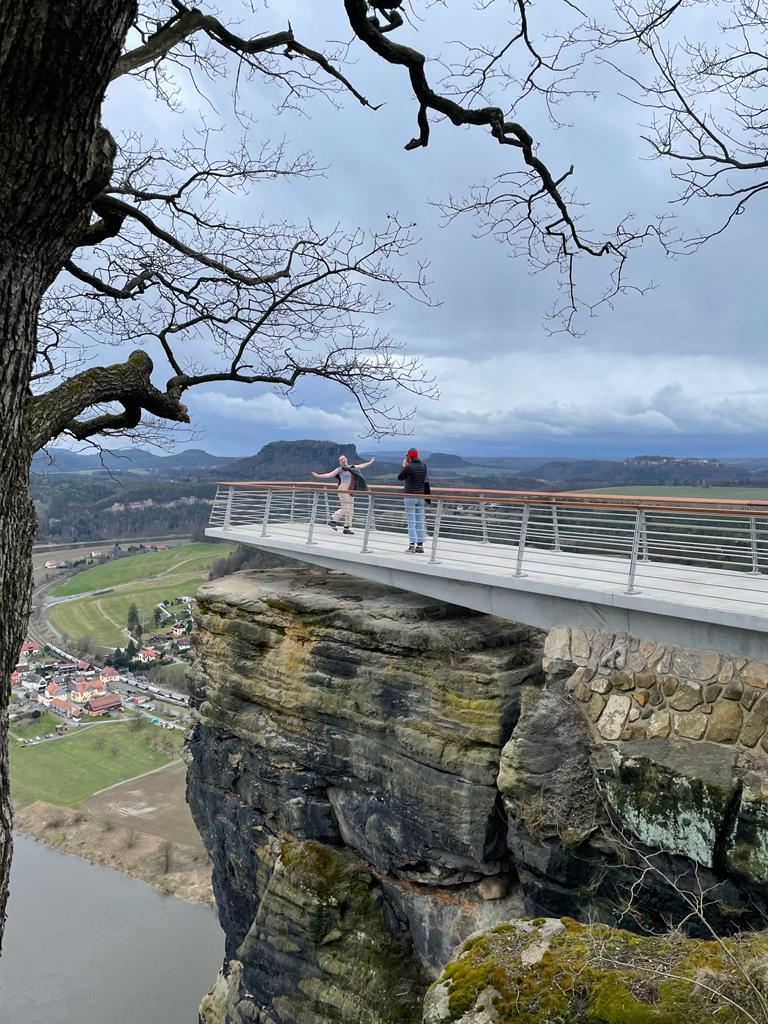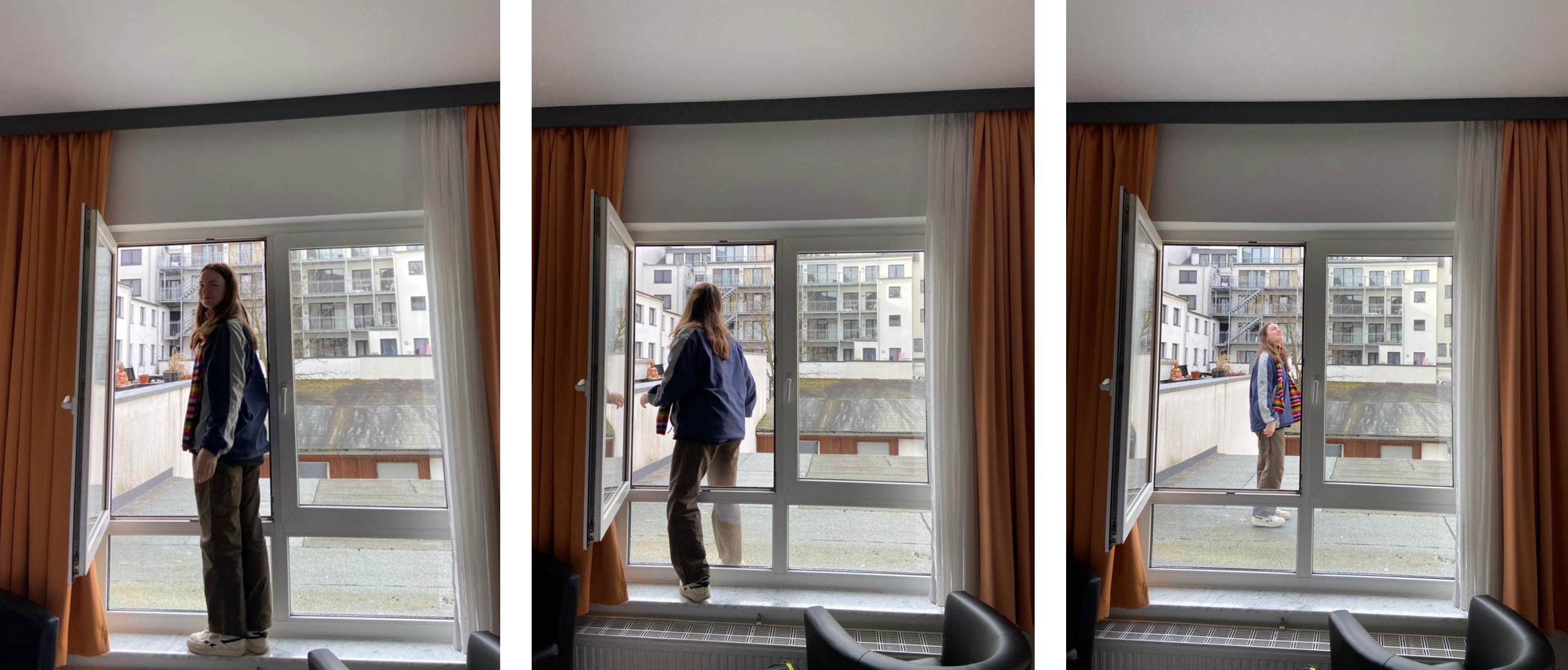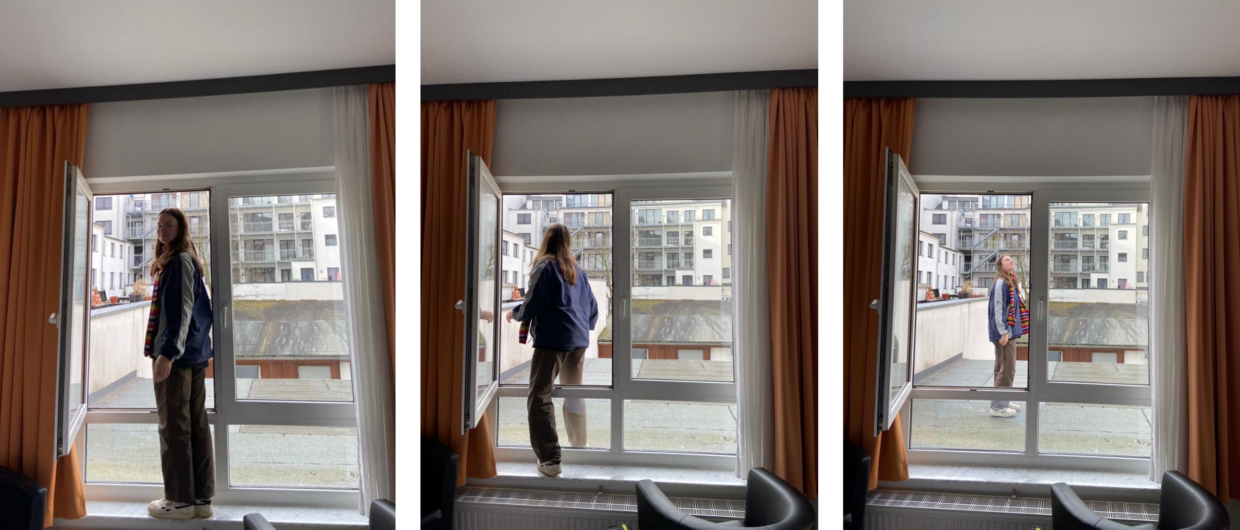
Research Question: Is the presence of green spaces in Berlin, Germany a positive factor for its individuals’ wellbeing?
Looking at existing literature pertaining to my research questions, I’ve found significant studies looking at the benefits of green spaces on human wellbeing, often using terminology like ‘cultural ecosystem services’ to analyze either qualitatively or quantitatively the actual found benefits (Riechers et al., 2019). While my research question asks more broadly about the actual impact of green spaces in Berlin on its individuals’ wellbeing, my surveys looks specifically at personal stories and perspectives of my respondents and how they may see benefits or challenges in their lives due to the presence or lack thereof of green spaces locally.
I chose Berlin partly because of its incredibly unique history in urban planning due to the partitioning of the city for almost half a century into East Berlin and West Berlin. While my research doesn’t go as much into this history, it does follow specifically the history of urban green space (UGS) implementation in Berlin and how it got to be such a green city in present day (Kabisch & Haase, 2014). I have been able to learn a lot from my classmate Josie who is researching the historical context of green space implementation in Berlin and am happy to be in such a small group of students who have similar interests and can share insights and findings from research with each other casually. My literature has in-depth evidence on the actual benefits of green spaces on human wellbeing both in Berlin specifically and more broadly, so I was able to frame the narrative of my surveys quite fluidly with the survey questions used in my sources also done in Berlin.
My survey findings align strongly with my existing literature, aside from a large point of personal safety which was a common topic from my respondents to bring up, as well as aesthetics. My respondents all stated that they didn’t feel safe, generally speaking, in Berlin’s parks specifically on a consistent basis. They were largely talking about after the sun goes down, but some meant during the day as well where certain parks are overrun with dangerous people who do drugs openly and approach and harass people. While this isn’t an issue unique to Berlin, it is an important aspect of looking at the benefits of green spaces as some felt that they were sometimes sacrificing their personal safety to spend time in nature. On aesthetics, all respondents mentioned that Berlin’s green spaces are pretty horrible to look at outside of the sunny seasons as they are more like “gray spaces full of dirt.” Multiple mentioned that certain parks were often full of trash and they would purposefully frequent those with better on-site maintenance. These insights were not brought up in the literature I had already read and provided some important realism into the ‘dream’ of Berlin as a green city, as nothing can be perfect.

Me exploring the roof of our hotel room and looking at the clouds.
All of my respondents strongly agreed that they found significant mental health benefits from visiting them on a consistent basis. In terms of sustainability, it is incredibly important to maintain or build opportunities for human-nature connection in cities to allow for people to realize the importance of UGS. My respondents who visited parks more frequently were able to easily synthesize the power of the green space on their wellbeing and didn’t doubt the benefits of visiting them for more than just something to do. This is an important takeaway as people who do not have access to nature on a consistent basis would probably have more of a difficulty knowing how it may improve their lives, and wouldn’t know that things could be better.
I have really enjoyed this exchange and loved reading all of the responses to my blogs with insights on how my research and personal life stories are similar or different to your experiences in the UAE. I realized how people’s ideas of sustainability, especially in an urban context, can vary drastically depending on where we grew up even with the same higher education. It is really impressive to me how a lot of the UAE students grew up in very large cities, often with little green space, and still are able to find a passion and interest in sustainability.
Sources:
Kabisch, N., & Haase, D. (2014). Green justice or just green? Provision of urban green spaces in Berlin, Germany. Landscape and Urban Planning, 122, 129–139. https://doi.org/10.1016/j.landurbplan.2013.11.016
Riechers, M., Strack, M., Barkmann, J., & Tscharntke, T. (2019). Cultural Ecosystem Services Provided by Urban Green Change along an Urban-Periurban Gradient. Sustainability, 11(3), 645. https://doi.org/10.3390/su11030645

Joud April 16, 2023
Hello, Sophie. Your study on the effects of green areas on human wellness in Berlin fascinated me. It’s encouraging to see how your respondents identified mental health advantages from frequent visits to green areas. I totally believe that it is critical to create and sustain chances for people to connect with nature in cities. It is also crucial to mention that people who have continuous access to nature may take it for granted and fail to recognize the effects it has on their wellness. Your findings provide light on the significance of green areas and their influence on mental health.
Thank you for sharing your findings and comments on
Hadi April 16, 2023
Hello Sophie, Thank you for sharing your findings from your study on the effect of green areas on individual well-being in Berlin. It was intriguing to read about Berlin’s unique urban planning history and how it contributed to the city’s current plethora of green areas. Your poll results were quite intriguing, particularly in terms of the safety concerns that some respondents expressed while visiting certain parks. It is critical to evaluate not just the benefits of green spaces in urban environments, but also the obstacles and constraints. As someone who grew up in a city with few green areas, I can attest to the mental health advantages of being outside. It’s encouraging to read that your respondents discovered considerable mental health advantages from frequent visits to green settings. I especially like your focus on the importance of human-nature connection in cities, since it is all too easy to underestimate the value of green places in cities. Upon reading your piece, I was impressed by your comments of aesthetics and care in Berlin’s green areas. It’s fascinating to study how the sight of green areas influences people’s opinions of their worth and impact on wellbeing. Have any attempts been made in Berlin to enhance the appearance and upkeep of its green spaces?
Thank you for sharing your research and personal insights. It was a great read, and I look forward to hearing more about your work in the future.
TheTransporter Packers and Movers January 14, 2025
The cost of courier services from Bangalore to Hyderabad can fluctuate due to a variety of factors, such as the weight and dimensions of the package, as well as the service type you choose. Generally, express delivery tends to be pricier than standard options, and prices can vary widely between different courier providers.
Leonard Church December 16, 2025
The wave mode in Geometry Dash feels like controlled chaos, demanding impossible precision while your hands struggle to keep up with the accelerating speed!